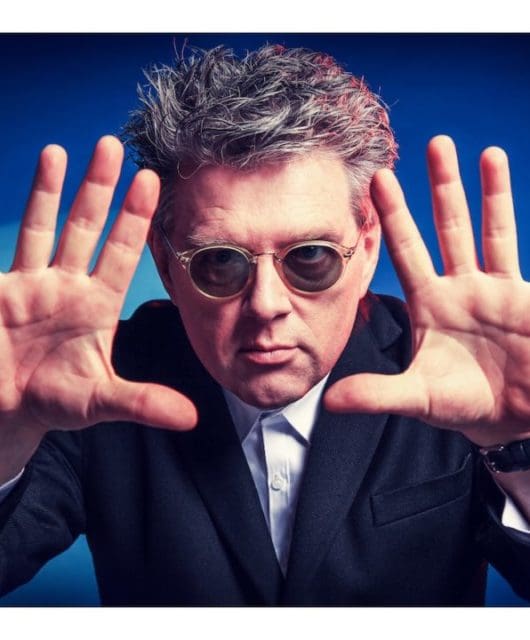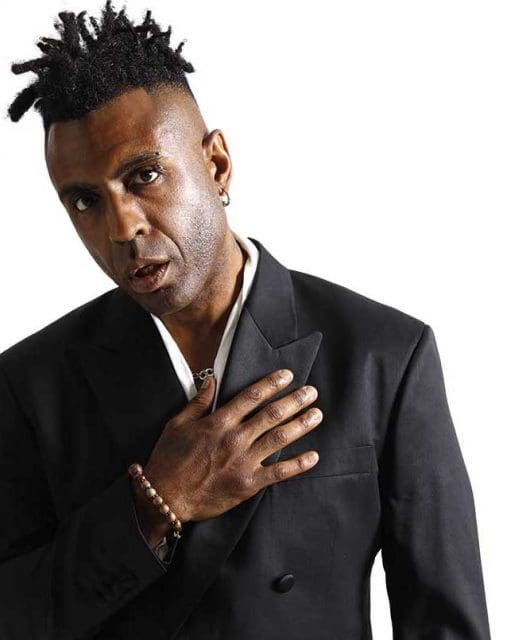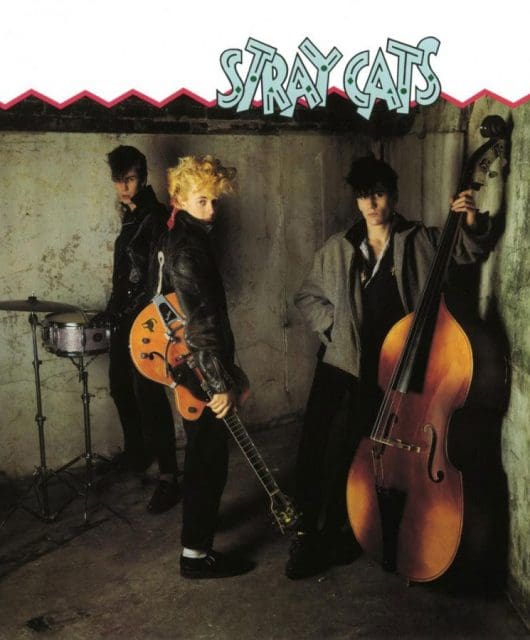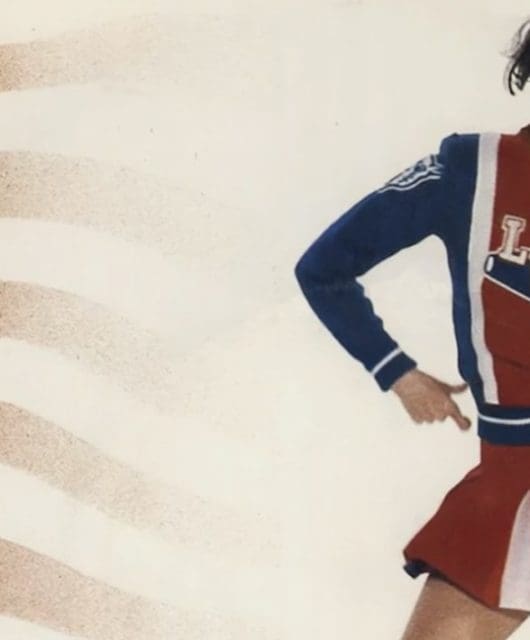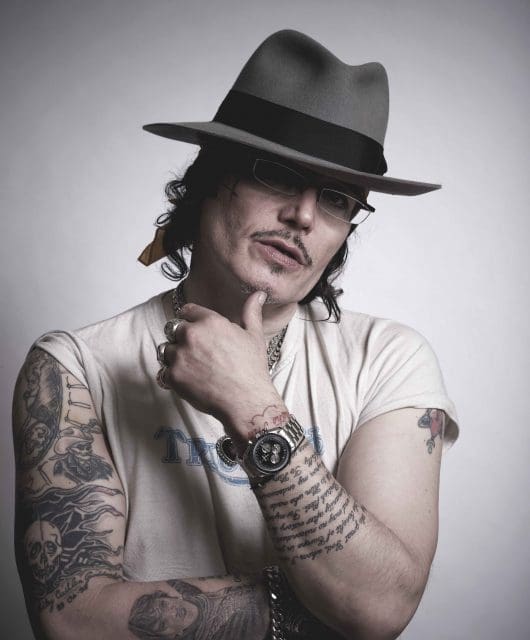Nik Kershaw interview – The Riddle
By Steve O'Brien | January 24, 2024
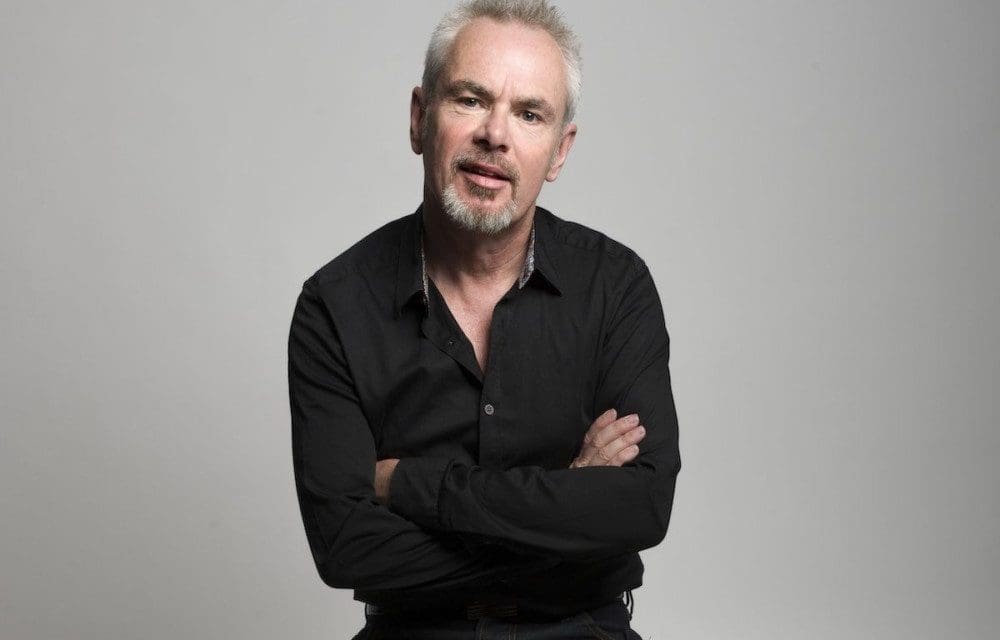
Nik Kershaw – The Riddle
Nik Kershaw started 1984 with one album – Human Racing – and finished it with another – The Riddle. Here, he talks about the pressures for his sophomore record and about those lyrics… By Steve O’Brien
It could be said that 1984 belonged to any number of artists – Frankie, Bronski Beat, Madonna, Howard Jones, Sade… Yet none of those managed to put out two albums during those 12 pop-tastic months. Unlike, that is, one of that year’s breakout stars.
Aged 25 at the beginning of 1984, Nik Kershaw began the year with the release of his second single. While I Won’t Let The Sun Go Down On Me had flopped on its first airing, second 45 Wouldn’t It Be Good shot to No.4 in the UK, leading to a successful re-release of I Won’t Let The Sun Go Down On Me that saw the track peak at No.2.
Kershaw’s debut album, Human Racing, arrived in February ’84, going Top 5 in the UK. And then, just nine months later, came The Riddle, another critical and commercial triumph for the man who’d become pop’s latest pin-up…
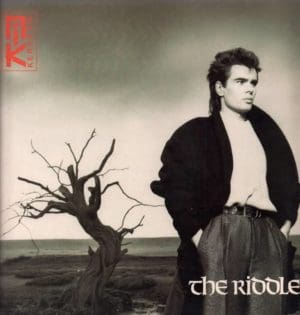
Nine months is a crazily small amount of time between albums. Why the short gap?
Obviously, Human Racing was a massive success, and then somebody in the record company suggested that it might be a nice idea to have something out by Christmas. They just wanted to keep the momentum up, I guess, and I was too eager to please to say no. When I look back at it, it seems utterly crazy because I was still promoting Human Racing and writing and recording The Riddle at the same time.
In fact, I had two weeks pretty much free to write The Riddle album before we went into the studio. I mean, it had been booked, the engineers and producer were available, all that kind of stuff. So I literally had a two-week window to write the entire album bar one track.
And do you think you’d be able to do that now?
If someone put a gun to my head! [Laughs] I don’t know how I did it. At the time, everything I did seemed to be turning to gold. So you kind of have that self-belief and confidence in everything, and thinking everything you do is brilliant.
Songwriting is all about making decisions, it’s being able to recognise a good idea and go with it and know that it’s a good idea. When you’re in that position, everything’s a good idea, and you’re just thinking, “I’m amazing, this is brilliant.” So the writing just flows out of you.
How was 1984 for you? Presumably very different from ’82 and ’83…
I was still unemployed in ’82 and just pottering around making demos in my front room and stuff. 1983 was a bit more exciting in that it was getting the record deal, recording the first album, and the first release of I Won’t Let The Sun Go Down On Me. So that was full of hope and excitement, but I had no idea what 1984 had in store for me. It was just utterly insane. For about two years, I’d say ’84 and ’85, my feet literally didn’t touch the ground. I didn’t have five minutes to sit and have a cup of tea and ponder the world.
What are your standout memories of that year?
It was just the fact that this was my dream, you know, that this was just incredible. I remember my O-Level art project was a painting of a pair of satin trousers on stage with a pair of platform shoes and the bottom of a microphone stand and loads of hands reaching up. I was listening to Bowie and Bolan and whatever and so that was my dream. And 10 years later, that’s exactly what I was doing, so it was incredibly exciting.
At the same time, incredibly bewildering because I’m a control freak. I like to be in control, I like to be able to control everything that comes out of my studio, everything that comes out of my mouth, just everything that comes out about me, and all of a sudden, you’ve got no control at all, you’re fair game to anybody. Everybody’s got an opinion, everybody’s got something to say about you, so I found that quite difficult. It was like being on a runaway train, and not being able to stop it, you just had to ride it.
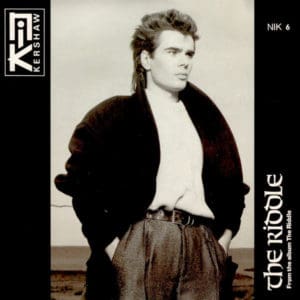
What do you remember about the writing of The Riddle?
I was living in a one-up, one-down terraced house in a little village called Sible Hedingham in Essex. It was the first house I’d bought with the deposit from some of the advance I got from MCA Records, because at that point I still hadn’t received any royalties. So there was no money coming in.
I was just living in this tiny little house and it had one bedroom and a tiny little box room and in that room I had a Roland Juno 6 keyboard, a TEAC Portastudio and a TR-808 drum machine. I basically went up and sat there for literally two weeks just writing nine songs.
Well, I wrote eight songs to start off with. I don’t remember it being a struggle, I remember the ideas coming thick and fast. But my producer came over towards the end of the two weeks to listen to what I had and he went away and said the thing that all producers and A&R men are supposed to say, and that is, “It’s great, but I don’t hear a single.”
So I went back upstairs and I wrote the tune to The Riddle very, very quickly, literally in about 10-15 minutes. It didn’t have any lyrics, I thought, well, they can come later, that’s fine. So I did what I still do now, and that is when you know what the tune is, you just want to nail down the rhyming scheme, so you just put a load of nonsense down. And that’s what I did, I put a whole load of nonsense that rhymed in the right place.
On several occasions during the recording, I attempted to do the proper lyric, but nothing I came out with ever sounded as right as what we already had. So the nonsense just became part of it. It became the song.
Talking about nonsense lyrics, didn’t Don Quixote have a placeholder lyric of ‘gorgonzola’?
It’s like Yesterday and ‘scrambled eggs’, isn’t it. I can’t remember. That might have come from something I said in the 80s. It is possible, because I do do that. I take ages with the lyrics, so I do start the ball rolling with a bit of nonsense.
What was the origin of that song? There were a lot of pop songs in the 80s that dealt with quite lofty subjects and here you are writing a song about a 17th century Spanish novel.
I think I’d just watched Man Of La Mancha with Peter O’Toole, which is a very strange movie because it’s a musical. I love Peter O’Toole, and I remember at the time being quite struck by the movie. I did attempt to read the book once but it’s quite hard work. I just liked the fact that we’re all kind of tilting at windmills. We’ve all got our demons and our nemeses. There wasn’t any deep thought going into it at the time. In fact, quite a lot of my songs I have to try and justify retrospectively [laughs].
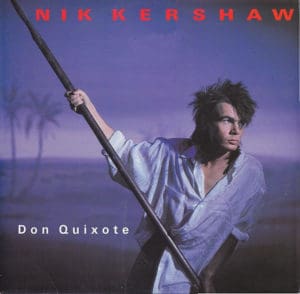
You released three singles off the album – The Riddle, Wide Boy and Don Quixote. Was it always obvious to you which songs would be released as seven inches?
I think it was on that album, because there was quite a lot of prog nonsense on there and some very downbeat stuff as well. I don’t think it could have been anything else. The Riddle just was clearly obvious, everybody loved that as soon as they heard it. Wide Boy was the only song on the album that I didn’t write in that two weeks.
That was an old song, from about 1981 I think. I’d performed a couple of times in a jazz fusion band I was in in Essex. So that was quite obviously a contender. And Don Quixote also because it’s quite upbeat, and it’s got a groove to it. I can’t think of anything else on that album that could possibly have been a single.
How did the cover image, shot at Chesil Beach in Dorset, come about?
The photographer wanted an oblique scene, the riddle being why is there a tree in the middle of a beach? And the answer is, well, it’s a polystyrene tree. Obviously there’s the lyric “Near a tree by a river”, but it’s a beach, but [sighs] I don’t know… I was more, “Do I look alright, does my bum look big in this?” That’s all I was worried about. I was surrounded by people telling me I looked good and I believed them. At the age of 65, I’d love to look like that again.
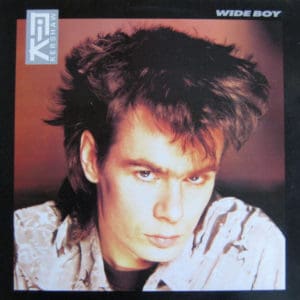
How do you look back on The Riddle now, 40 years on? Have you listened to it recently?
Not surprisingly I don’t sit down and listen to my own records very often. Only maybe if I’ve got to get a live version of it together or something and I need to refer to the original recording. Considering it was recorded in pretty much eight weeks, it’s quite astonishing.
I’ve had great people with Peter Collins and the engineer Julian Mendelssohn. So I had a really good team there. Obviously it’s dated, it sounds the way things were recorded back then, but that’s fine. I was proud of the time and I’m proud of it now.
For the latest Nik Kershaw news click here
Find out more with our Album by Album guide
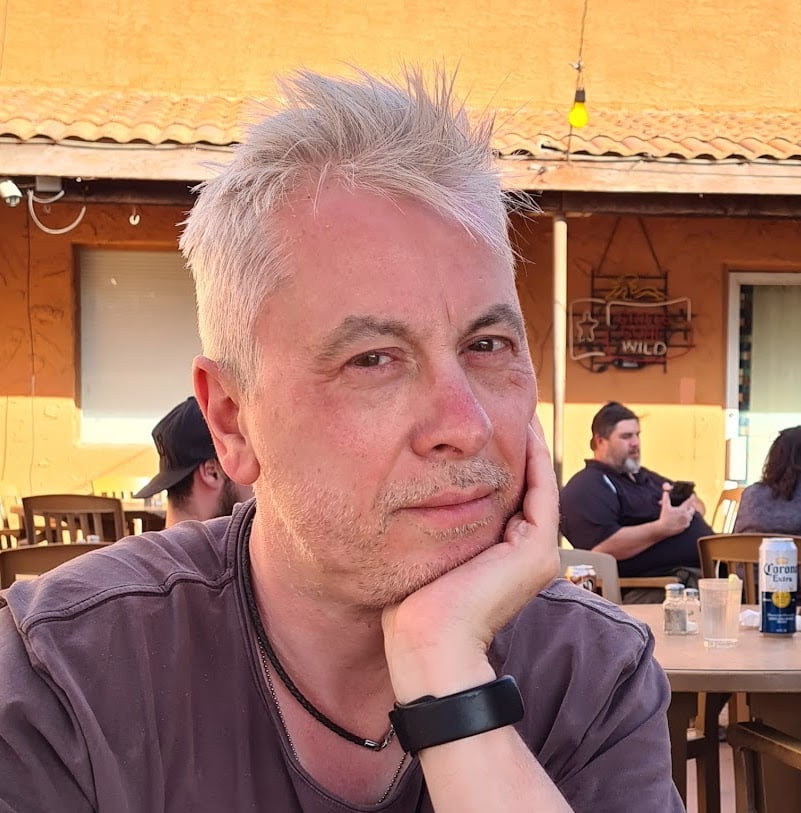
Steve O'Brien
Steve O’Brien is a writer who specialises in music, film and TV. He has written for magazines and websites such as SFX, The Guardian, Radio Times, Esquire, The New Statesman, Digital Spy, Empire, Yours Retro, The New Statesman and MusicRadar. He’s written books about Doctor Who and Buffy The Vampire Slayer and has even featured on a BBC4 documentary about Bergerac. Apart from his work on Classic Pop, he also edits CP’s sister magazine, Vintage Rock Presents.www.steveobrienwriter.com

